The Article
A CASE FOR VINYL [PART 2]
2nd July 2021
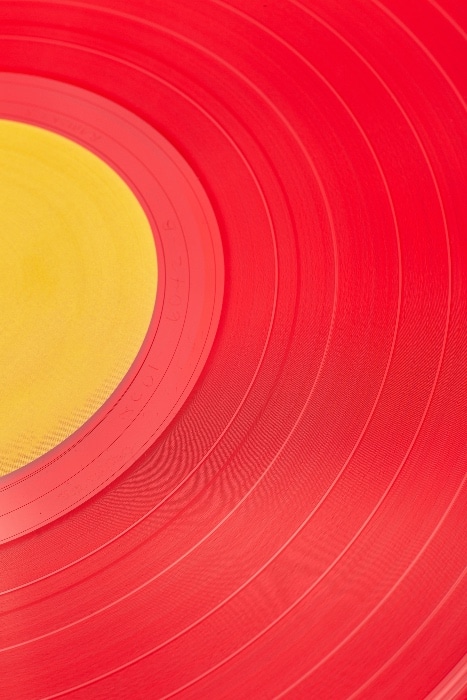
In Part 1 of this little rambling soiree (click HERE to read that one), Paul Rigby got to No.5 in the list that makes a case for vinyl. He continues the examination of the format and oddly enough starts with No.6, managing to get to No.9 in true Beatles-esque style. This is Part 2 (of 3) of the feature that looks at vinyl’s unique take on the music industry, the retail industry and why it currently occupies an iconic place in the hearts of many music fans
So anyway…I was talking about why vinyl is important. Last time we saw a few reasons.
To briefly recap, they included basic superiority of sound quality, that you own your own music and you can listen to it at any time. I praised the creative limitations that vinyl brings to artists in terms of the allotted time available. I also talked about the satisfaction of the product as an object. The sense of ownership and value.
There’s more though. Let’s go straight to:
6: ANTI-PIRACY
Sure, you can copy the music from a vinyl record. Think you’re clever, eh tiger? But look, you many then have a ‘free’ copy of the music but then you no longer have vinyl. You have a digital file which takes you somewhere else entirely in sonic terms. All of the positive sonics aspects of vinyl are lost.
And yes, you can physically copy a vinyl album via a back-street press but the sound quality is never as good, the packaging is sub-standard and it’s relatively expensive to make, which defeats the object.
The anti-piracy aspect of vinyl maintains income flow for the artist who feels encouraged to make more music, the label who feels encouraged to support the artist and new artists and the end user because they’re offered more and varied product.
7: ART
Vinyl sleeves are famously large: 12” x 12”. So any band can give their music a visual impact, and I stress the word impact, when they feature a piece of painted, drawn or photographic art on their sleeve.
You can ally, you can associate, you can forever link a piece of sleeve art or art style to your music and to the band itself on a large vinyl sleeve. This is something that you cannot do with CD because the small CD case – specially a jewel-type case – lacks impact and is often fogged by the encasing jewel case. Even in Digipak format, the size lessens the impact. The sort of impact that can draw a passing customer.
How many of you have been reeled into a mysterious vinyl album sleeve? How many have picked up a sleeve, purely because the sleeve art grabbed you?
Remember? You ambled along a record shop’s isle. Glanced to the side, an incredible image suddenly filled your head. You said to yourself, “My goodness, just what the…?” and before you knew it, picking it up, turning it over and then – only then – you looked to see who the artist actually was. You may have thought that the band/music/genre wasn’t for you and then you put it back but the sleeve art had already done its job. It had drawn you to it in the first place.
CD art has never done that to me. As for a screenshot on a streaming interface? They serve as a label only. A visual tag. A point of recognition.
Who’s going to be wowed to their very soul by a piece of miniature art, from a streaming album? This is an image, surrounded by buttons, text, a hundred other images, menu options, flashing advertisements competing for your attention and more. How’s a piece of ‘sleeve’ art going to do its thing on a streaming platform? I’ll tell you how. It isn’t. That’s how.
And then there’s this…
8: TRACK ORDER
Do not underestimate the track list of a vinyl album. Do not dismiss the actual order of those tracks. Do not ignore the fact that the end of Side A has this track and the first track on Side B has that track.
Producer, Lou Adler once talked about his involvement in Carole King’s legendary album, Tapestry, He said, “Sequencing meant a lot in those days, the journey or the experience or the adventure of listening to a new album and sitting down by yourself putting on that vinyl, the story that it told, the sequencing was very important. I was sequencing for the person who was listening at home, alone. John Phillips of the Mamas & Papas influenced me a lot on sequencing and what the final chord on one song is to the first note on the next one so it’s not jarring music transitions.”
9: ART FOR ART’S SAKE
A variation on a point I made last time. An album’s timed length is organic and dependent on its status as a piece of art. It lasts as long as it should last. Be it 40 minutes or 21 minutes. When the artist has said what they need to say, then that album should end. Not before. Not after.
That changed when CD was launched. CD was all about packing in as much music as possible.
I remember that this fact was actually a selling point for CDs back in the day. A selling point. I’m paraphrasing but the official line ran something like, “…and CD can pack in more music!” And it could.
Let’s not kid ourselves here. At that point. At that very point, music changed. CD turned music into a commodity.
I felt like a customer at Tescos. I felt like I was now expected to buy music wholesale. Art? Nah. CD encouraged labels to pack it in, as much as possible, then pile music high and sell it cheap. You think the degradation of music as art started with downloads? Started with streaming? Oh no. It began with CD.
CD might now be on the verge of re-inventing itself in a good and even potentially glorious manner. CD might on the up in sonic and packaging terms. CD might be about to be reborn when corporate greed has sucked it dry of every cent of profit but let me tell you this. CD’s second coming, as much as I’m really looking forward to the day (and I really am), will be from a place of cold, dank, hard shame.
And the record labels made you pay for even that, didn’t they? They promised excess. They gave you excess. Then you paid through the nose for their excess. CD was sold at inflated, criminally ripped-off prices, enriching the pockets of a smug record industry who had a massive party at your expense (Anyone read the history of Creation Records, lately?), triggering customer resentment and germinating long-lasting mistrust. Which takes us back to last month and the value that vinyl brought to the process. Simpler times?
Now? As Lost in Vinyl, Cambridge record shop owner, Rob Campkin told The Guardian newspaper in 2015, “Margins [for CD] are very slim. I’d have to sell three or four CDs for every one copy on vinyl. It wouldn’t be worth my while.” Oh, how the mighty have fallen.
Even so, in my mind, there still remains a lingering resentment towards CD. Even now. It’s fading but, you know.
Streaming is worse, I must add. It reduces albums, it reduces music itself to nothing more than broken jukebox containers to be picked over like a vulture picks at fresh meat.
Oh and I must add this delicious little anecdote from Paul McCartney who was remembering the time around the initial launch of the CD and its attendant novelty and how amazed and impressed everyone was. Apparently, producer George Martin breathlessly entered the room brandishing a CD disc and was bursting with enthusiasm. In the same room was Paul McCartney. According the the latter, “George said, ‘This will change the world.’ He told us it was indestructible, you can’t smash it. Look! And – whack – it broke in half.”
Finished? Now? Me? Oh no. There’s more in Part 3.
IMAGE CREDITS
Photo by Elviss Railijs Bitāns, Robin McPherson, Marlene Leppänen, Mike, Brett Sayles, Ksenia Chernaya from Pexels

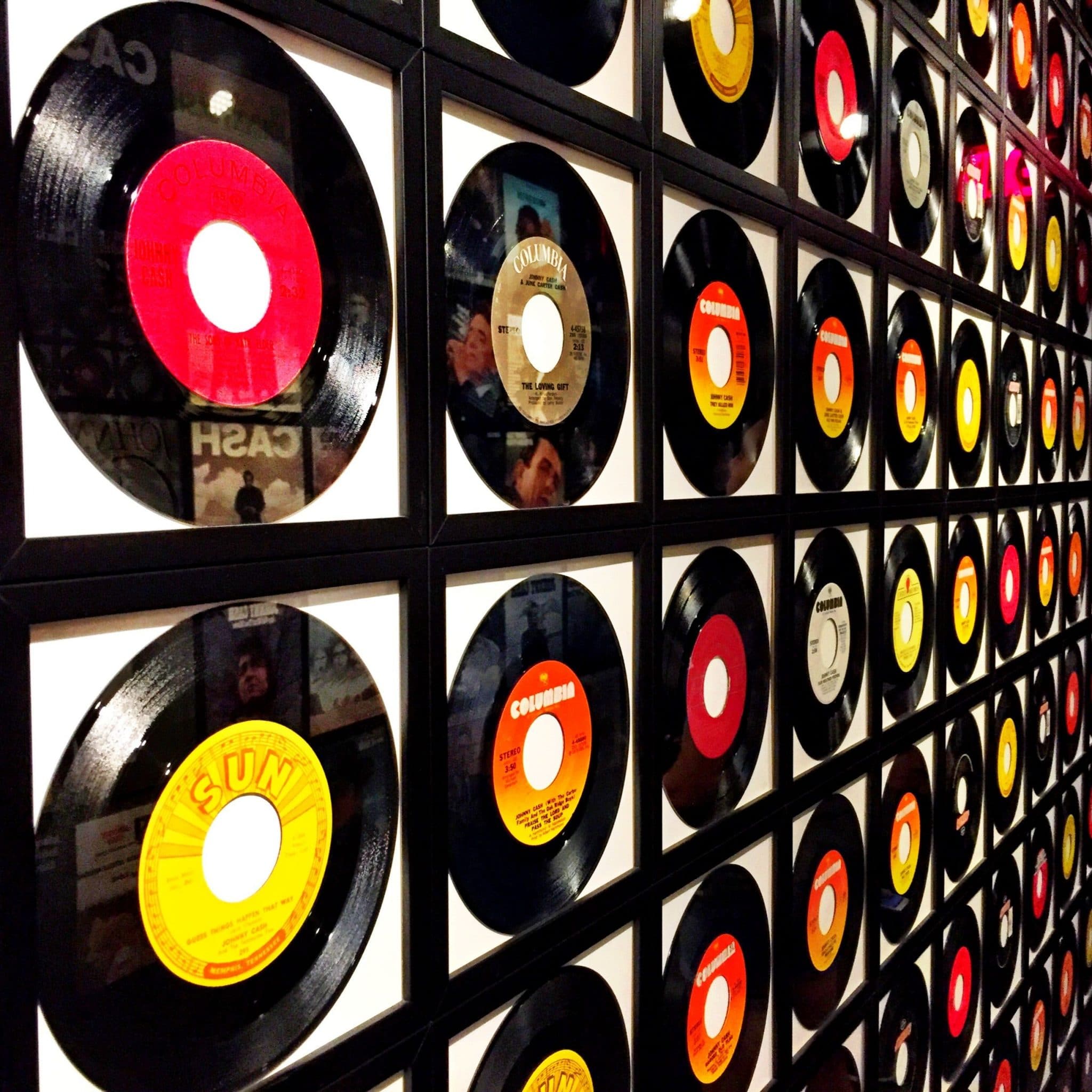
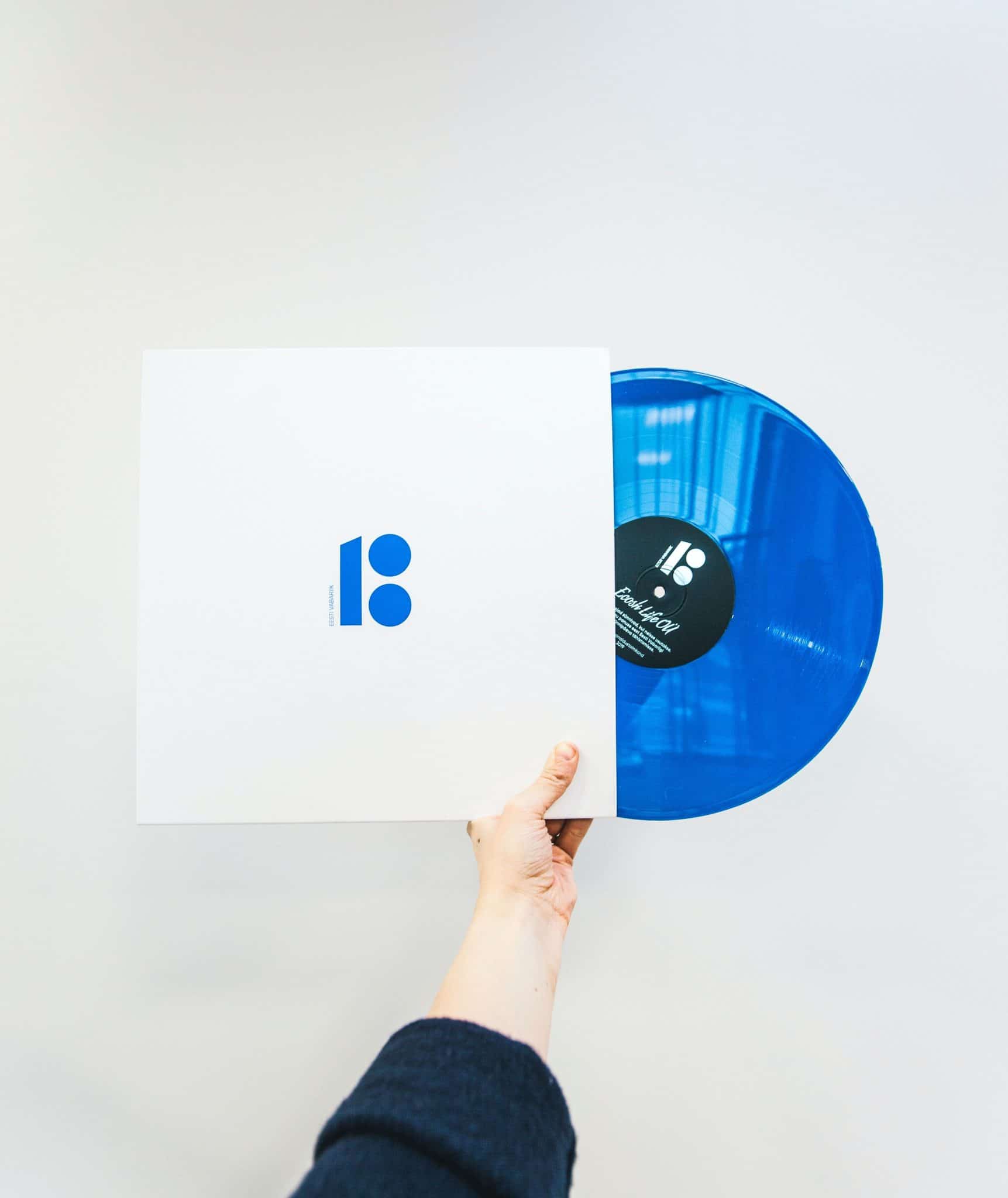
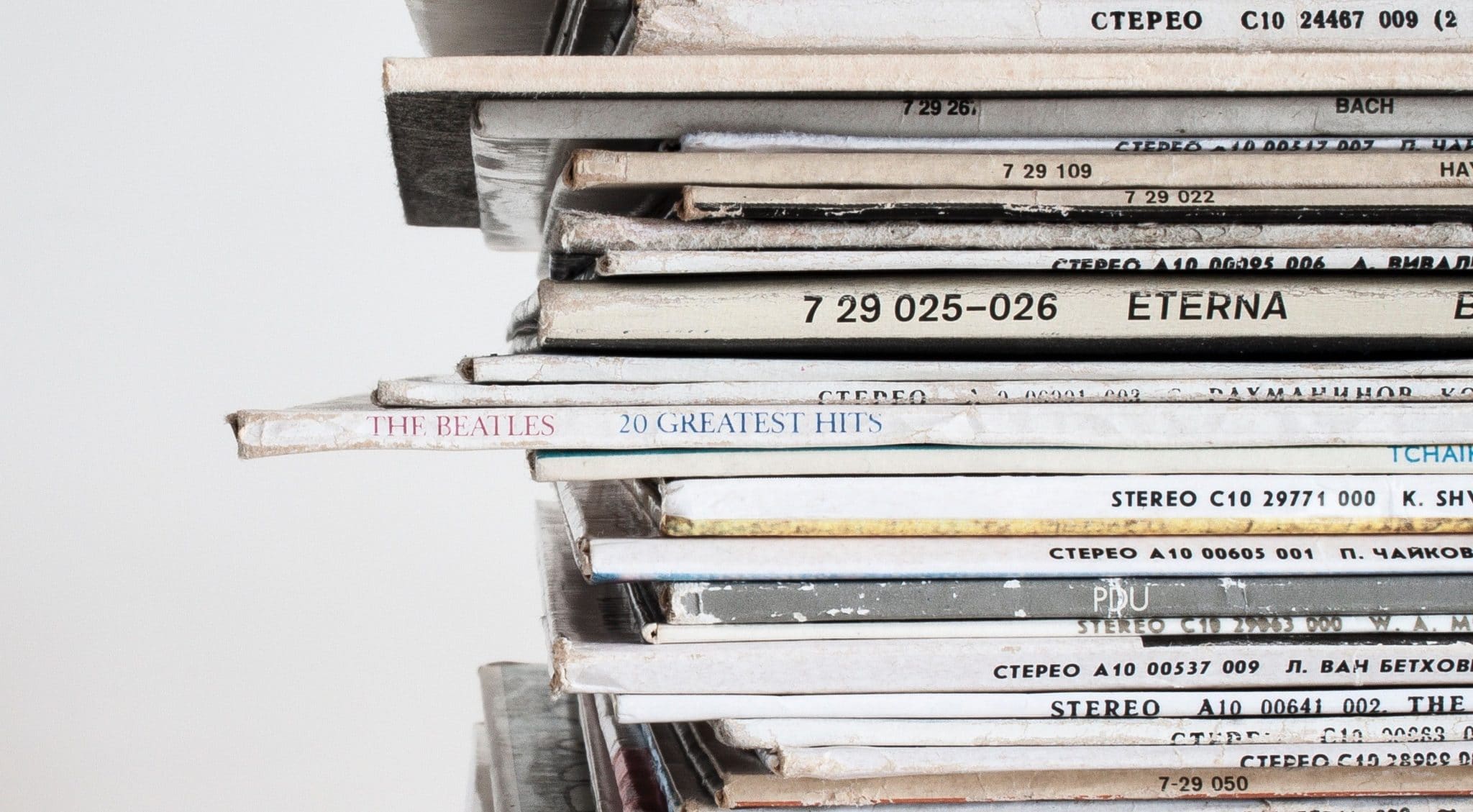
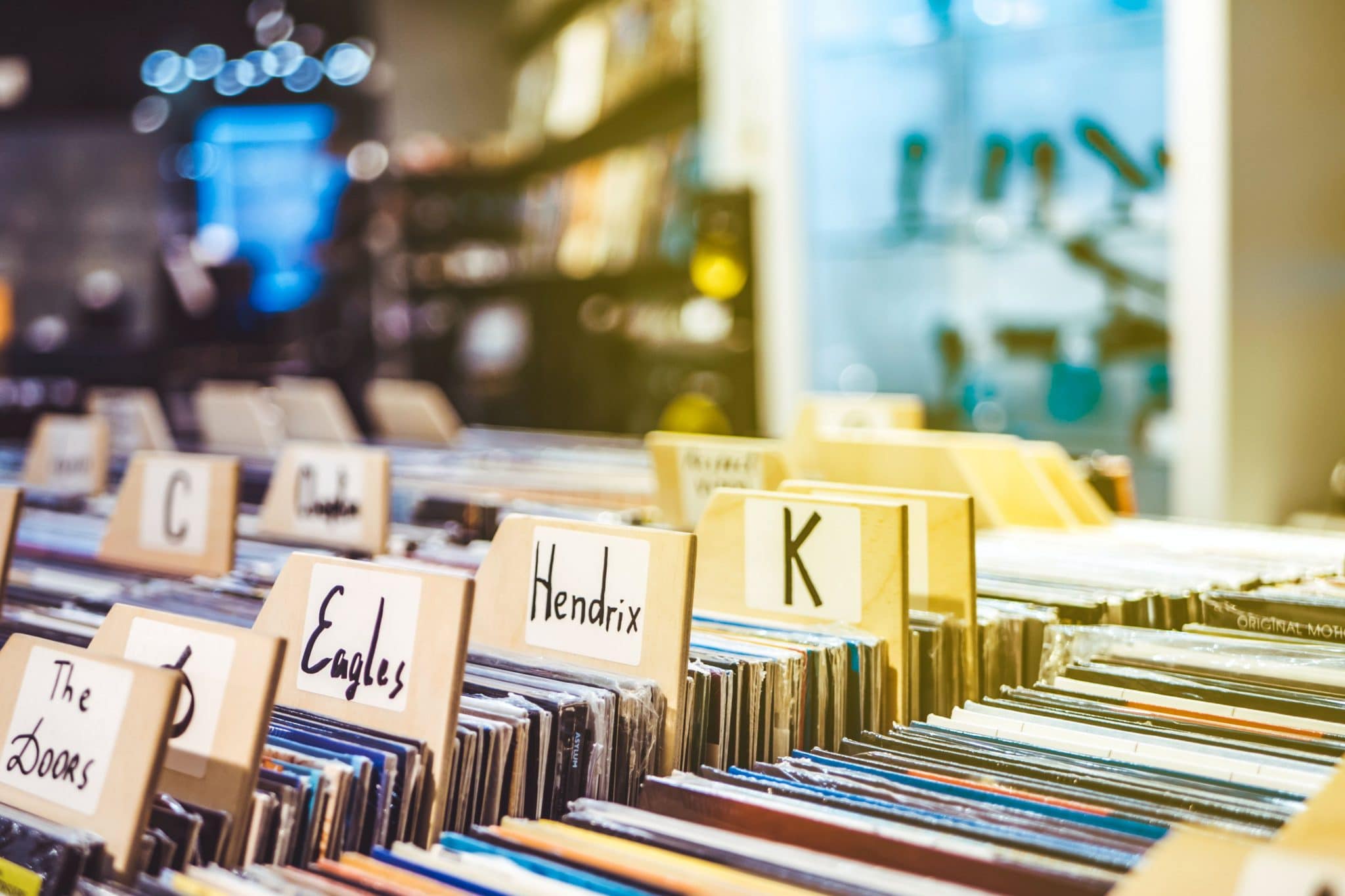
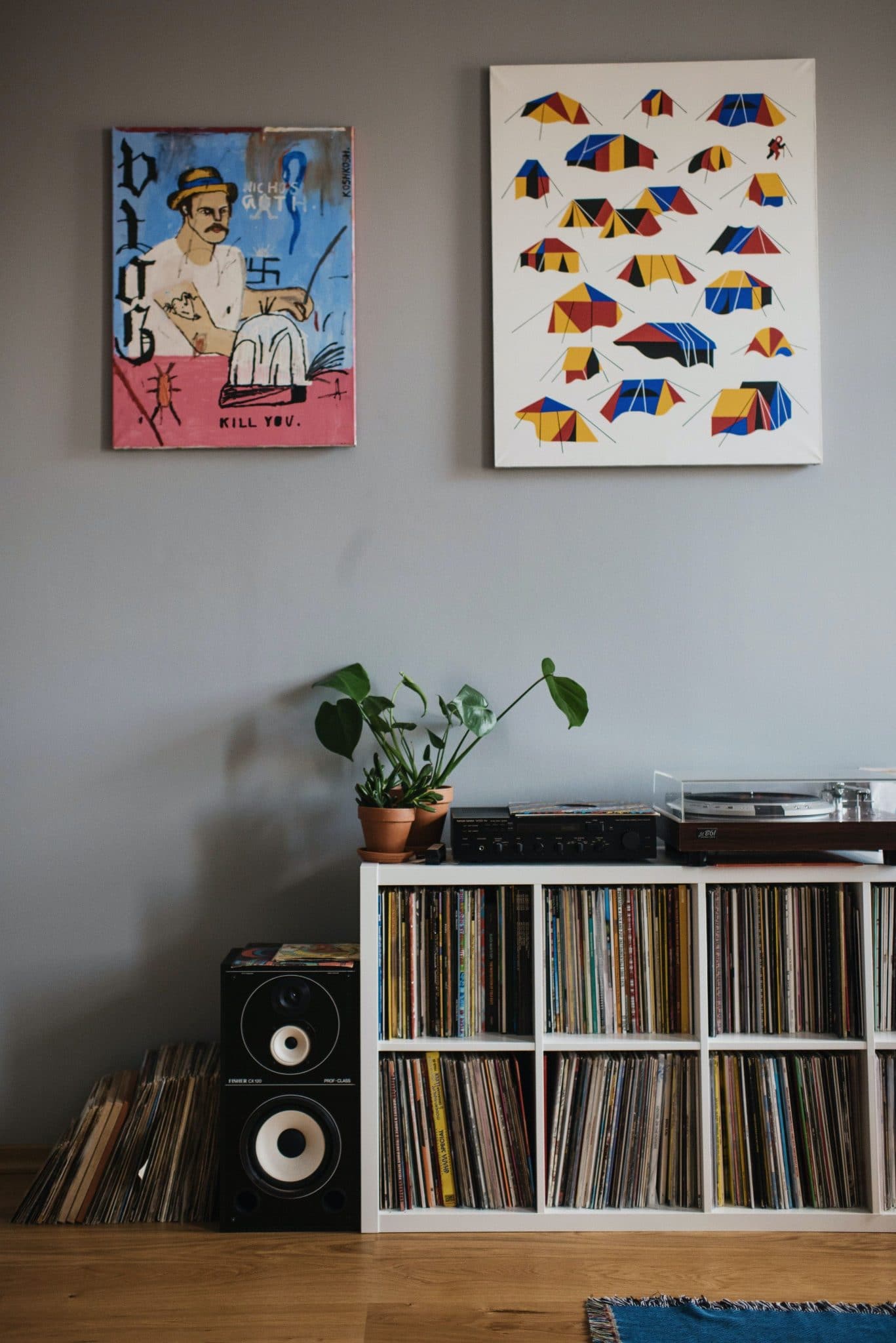
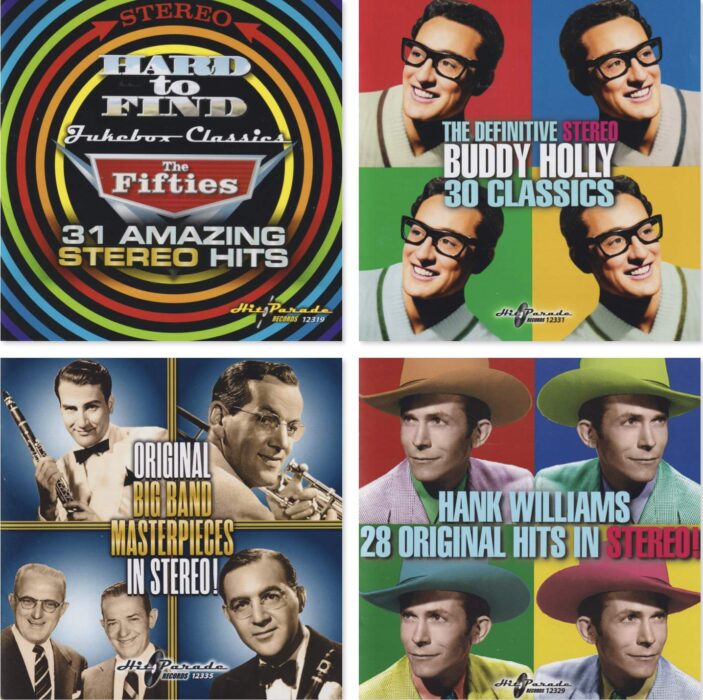
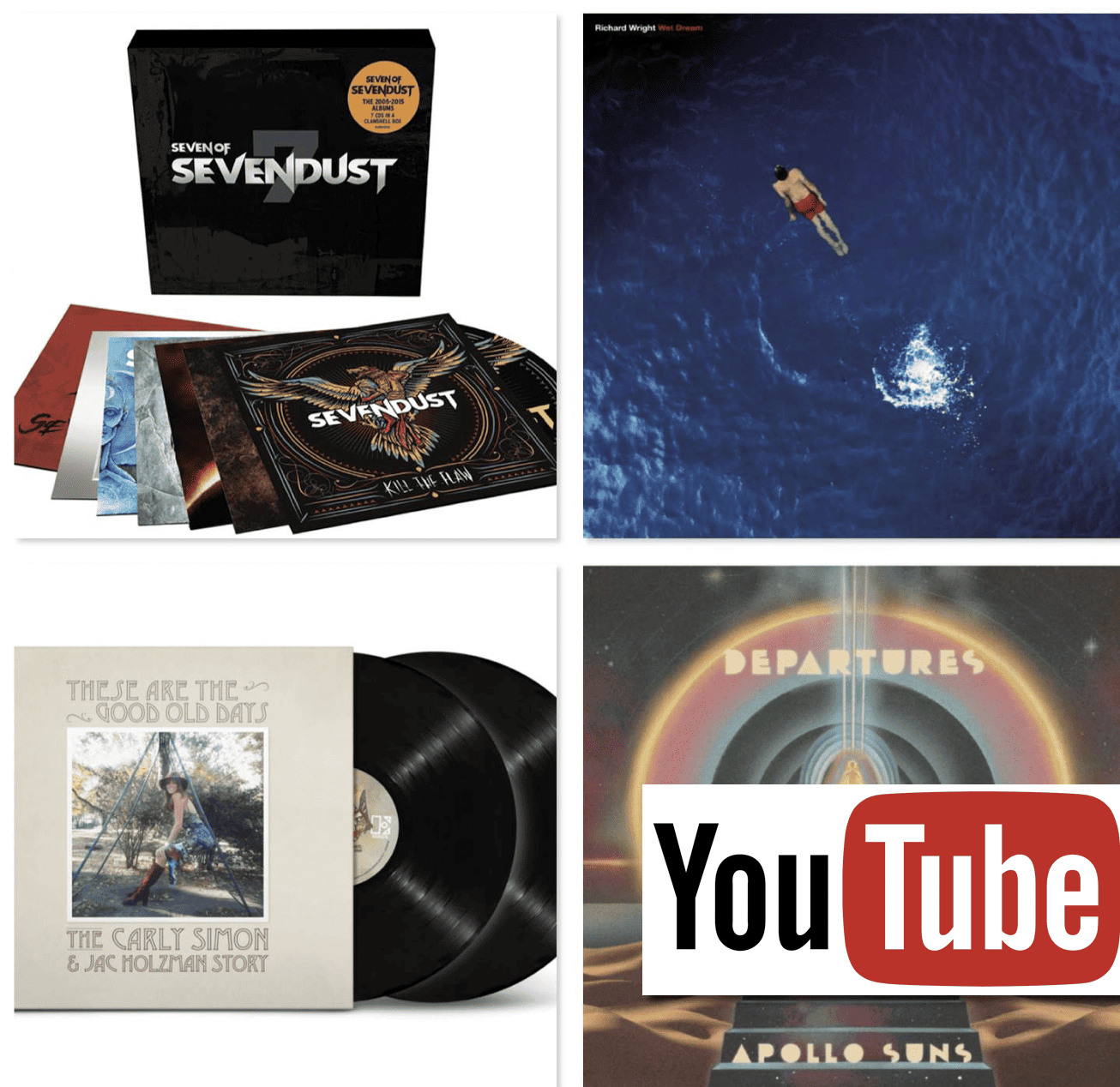
Oh my goodness. Number eight, “track order.” Of my 525 or so vinyl LPs, there are probably a few dozen or so, but I can tell you, when I hear a song on the radio, what side and what track number is, because of listening to the album over the years so many times. My wife says, “sure it is,”
Aha! Well, there you go – thanks for that Mark.
A similar effect is hearing a much-listened track via a different medium other than the one you made all those listens on and the next track on that original album or format is automatically cued up in your mind.
Hi Paul. I am very much enjoying your vinyl trilogy. I have always had vinyl. I also have an open reel tape deck, with which I record some of my vinyl, so that I may enjoy uninterrupted listening.
As much as I love vinyl, sadly, not all of today’s LP’s are of good quality. Already possessing a half speed mastered London Grammar album, I intended purchasing their latest LP release. Big blow, to learn of it’s poor quality, so will have to get it on CD, which I don’t really want to do. Last year, I bought a new SACD player. Even though it is a decent player, I have had to resort to adding a tube buffer, in order not to suffer listening fatigue.
Very much looking forward to part three.
Very kind of you, Jake – and thanks for your thoughts.